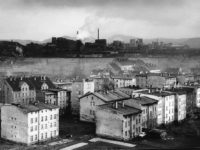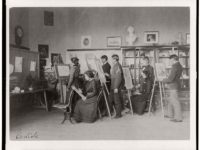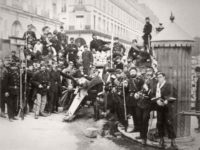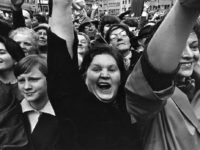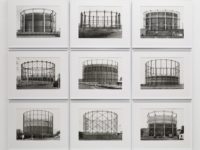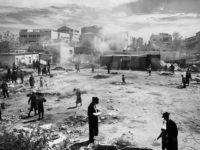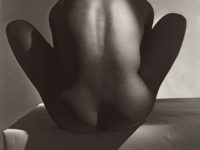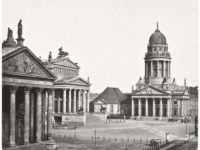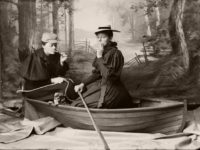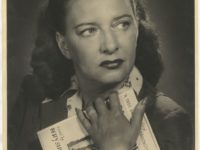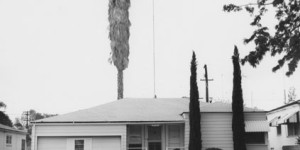Biography: Early XX Century Portrait photographer William Berry
William Berry was a studio photographer from the 1890s to about 1930. William Berry Collection contains around 3,000 glass plate negatives. In the 1990s, these were found in a cupboard by one of the tenants of 147 Cuba Street, Wellington. This was the former premises of Berry & Co, well-known Wellington portrait photographers, established in 1897 by William Berry. Amongst…


